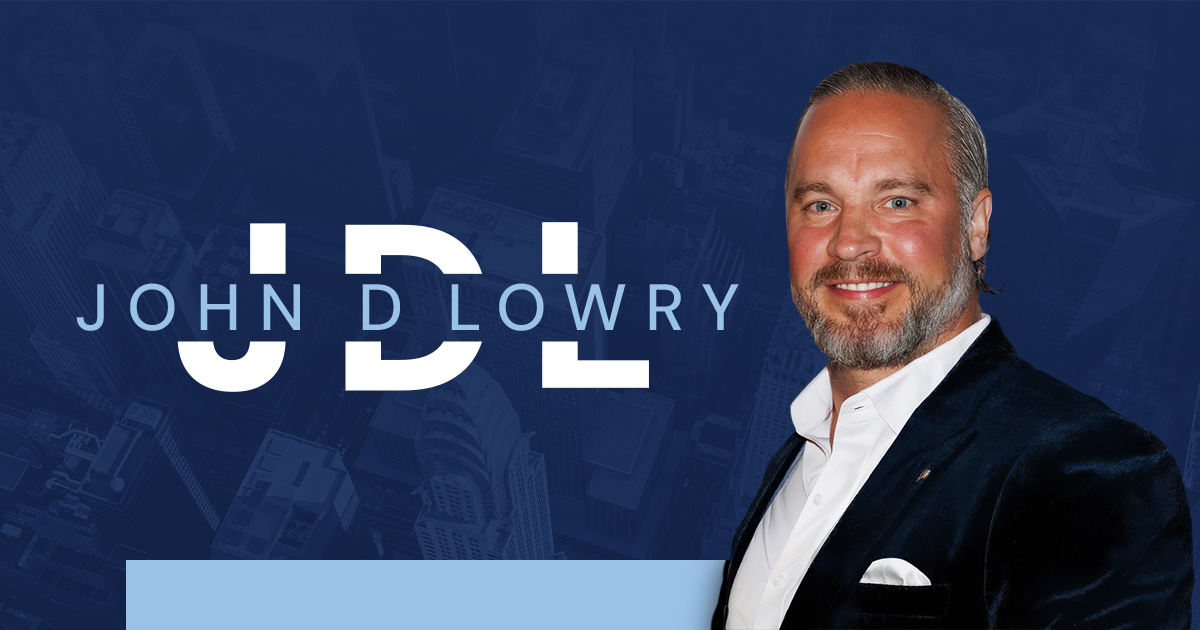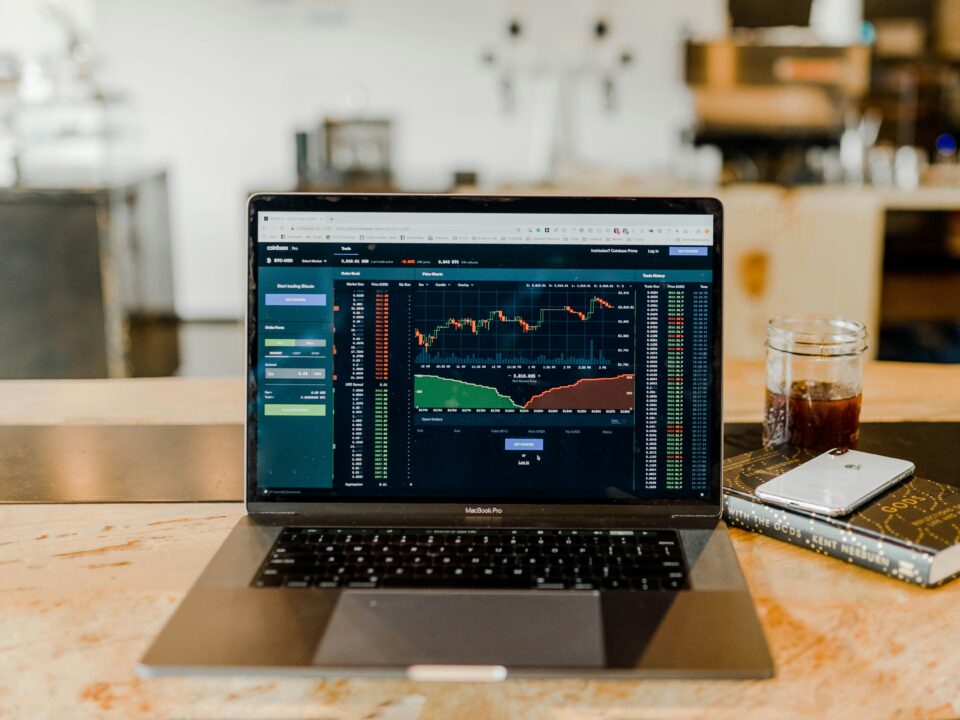
Navigating Institutional Trading: Strategies and Insights
July 3, 2024
Institutional Trading Strategies: Shaping the Landscape of Modern Finance
July 30, 2024Institutional trading, a powerhouse in the financial markets, wields an enormous influence over the dynamics of trading and asset pricing. Unlike individual traders, institutional traders, such as pension funds, mutual funds, and hedge funds, manage large sums of money and can significantly move markets with their transactions. This article delves into how institutional trading shapes market trends, the advantages it offers, and how individual investors can leverage insights from institutional activities for better trading decisions.
The Mechanics of Institutional Trading
Institutional traders operate on a different scale and complexity compared to retail traders. They handle transactions that can involve millions of dollars in a single go, often through block trades that are not accessible to the public. These large-scale trades can significantly impact market prices, leading to what is known as “price discovery,” where the actual value of an asset becomes more apparent through their transactions.
Moreover, institutional traders often have access to sophisticated trading platforms and tools that allow them to execute trades more efficiently. These platforms are equipped with advanced algorithms and quantitative models that can analyze vast amounts of data to make informed trading decisions quickly. This technological edge helps institutions minimize costs and maximize returns, further contributing to their dominant role in the financial markets.
Advantages of Institutional Trading
- Enhanced Liquidity
One of the primary benefits that institutional trading brings to the markets is enhanced liquidity. The sheer volume of trades that institutions handle provides much-needed liquidity, which makes it easier for other market participants to enter and exit positions. This liquidity is crucial during volatile market conditions when it can help stabilize price fluctuations. - Improved Market Efficiency
Institutional traders contribute to the efficiency of the markets through their analytical approaches and substantial capital resources. They are often ahead in adopting new technologies and trading strategies that can more accurately reflect the underlying value of securities. This efficiency is vital for the overall health of the financial markets, ensuring fair pricing and reducing the likelihood of price manipulation. - Professional Risk Management
Institutions employ professional risk management strategies that individual traders might need more resources to implement. These strategies include diversification across various asset classes, sophisticated hedging techniques, and the use of derivatives to mitigate risks. The risk management practices of institutional traders not only protect their portfolios but also contribute to the stability of the financial markets as a whole.
How Individuals Can Benefit from Institutional Trading
While individual traders may have different resources than institutions, they can still benefit from understanding institutional trading patterns and strategies. One way to do this is through the analysis of institutional trading data, such as SEC filings, which can provide insights into the holdings and strategies of large traders.
Moreover, individual traders can watch for significant market movements that suggest institutional activity, such as sudden large volume spikes or price jumps. By following these cues, individual traders can align their trades with institutional moves, potentially riding the wave created by large players.
Another strategy is to use tools that mimic those used by institutions. Many financial service providers offer sophisticated trading platforms that are scaled for individual traders but incorporate many of the advanced features that institutions use. By leveraging these tools, individuals can enhance their trading decisions and manage risks more effectively.
Navigating the Challenges
Despite its advantages, institutional trading also presents challenges, particularly for the individual investor. The main challenge is the asymmetric information and technology gap between institutions and individual traders. Institutions always have access to more timely information and more powerful analytical tools, which can disadvantage individual traders.
To mitigate this, individuals must continuously educate themselves about the latest market trends and trading technologies. Participating in financial education programs and using demo trading accounts helps bridge the gap between individual capabilities and institutional methods.
Embracing the Institutional Approach
Institutional trading has transformed the landscape of financial markets, introducing higher standards of efficiency, risk management, and technological advancement. While individual traders may face challenges in matching the capabilities of large institutions, understanding and adapting some of their strategies and tools can lead to more informed and successful trading decisions. By embracing the institutional approach, even individual traders can experience the difference and improve their market outcomes.





